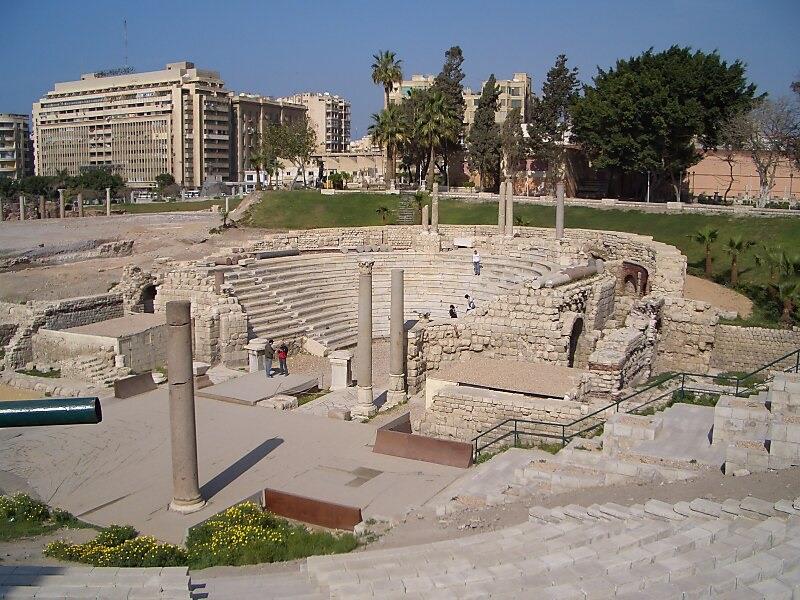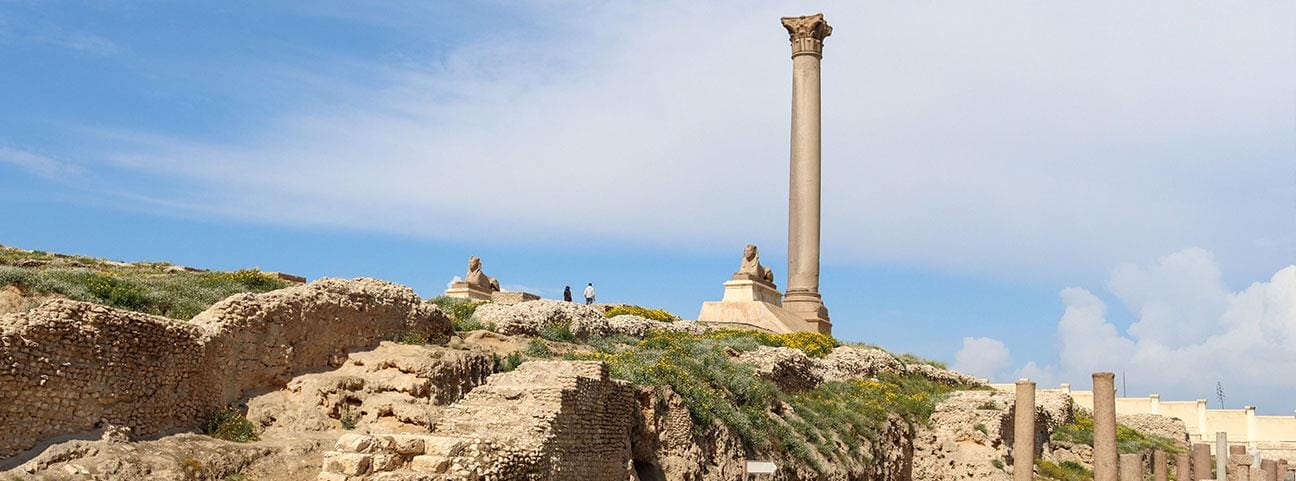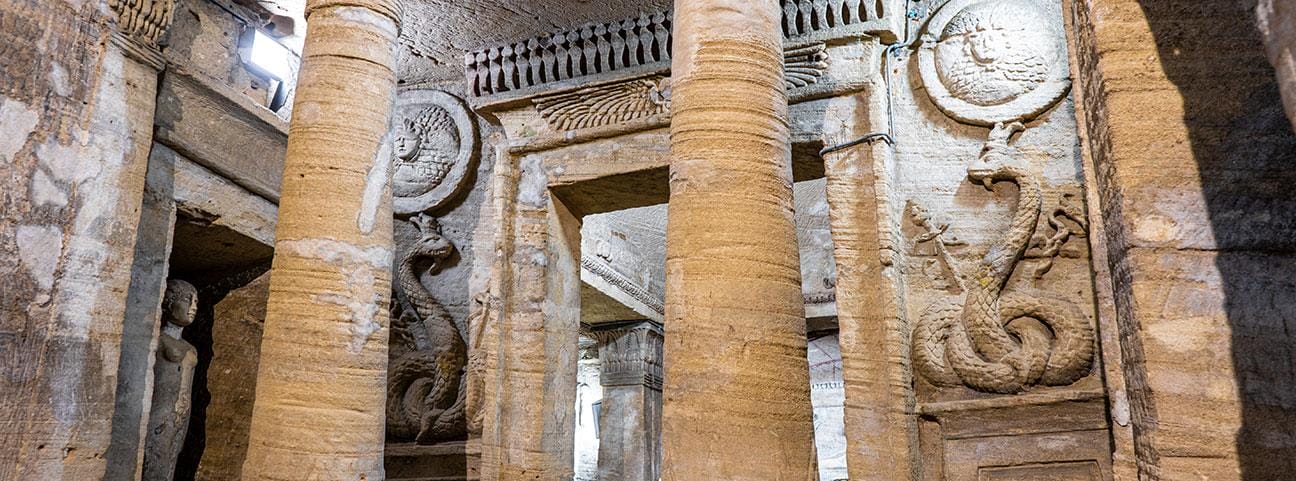Graeco-Roman Heritage
A new era of political and cultural importance
Swept over Egypt with the arrival of Alexander the Great’s forces in 332 BC. The establishment of the Ptolemaic Kingdom led to the merging of Greek and ancient Egyptian culture, along with mutual influences in science and art that led to incredible advances. The Roman era continued Egypt’s multiculturalism by bringing the far-reaching Roman artistic influences into the existing ones.
Graeco-Roman life flourished in the Mediterranean city of Alexandria
Which became the ancient Ptolemaic empire’s seat of power. Diocletian’s Column, known as Pompey’s Pillar, survives as a towering and impressive herald to the past. At the Roman-era Kom al-Shuqafa Catacombs, you’ll be able to see the beautiful blending of ancient Egyptian and Greek beliefs on the paintings and wall reliefs, along with some Roman fashion styles. The Kom al-Dikka Roman Theater is also a testament to the influence of art and culture during this time.
Don’t Miss
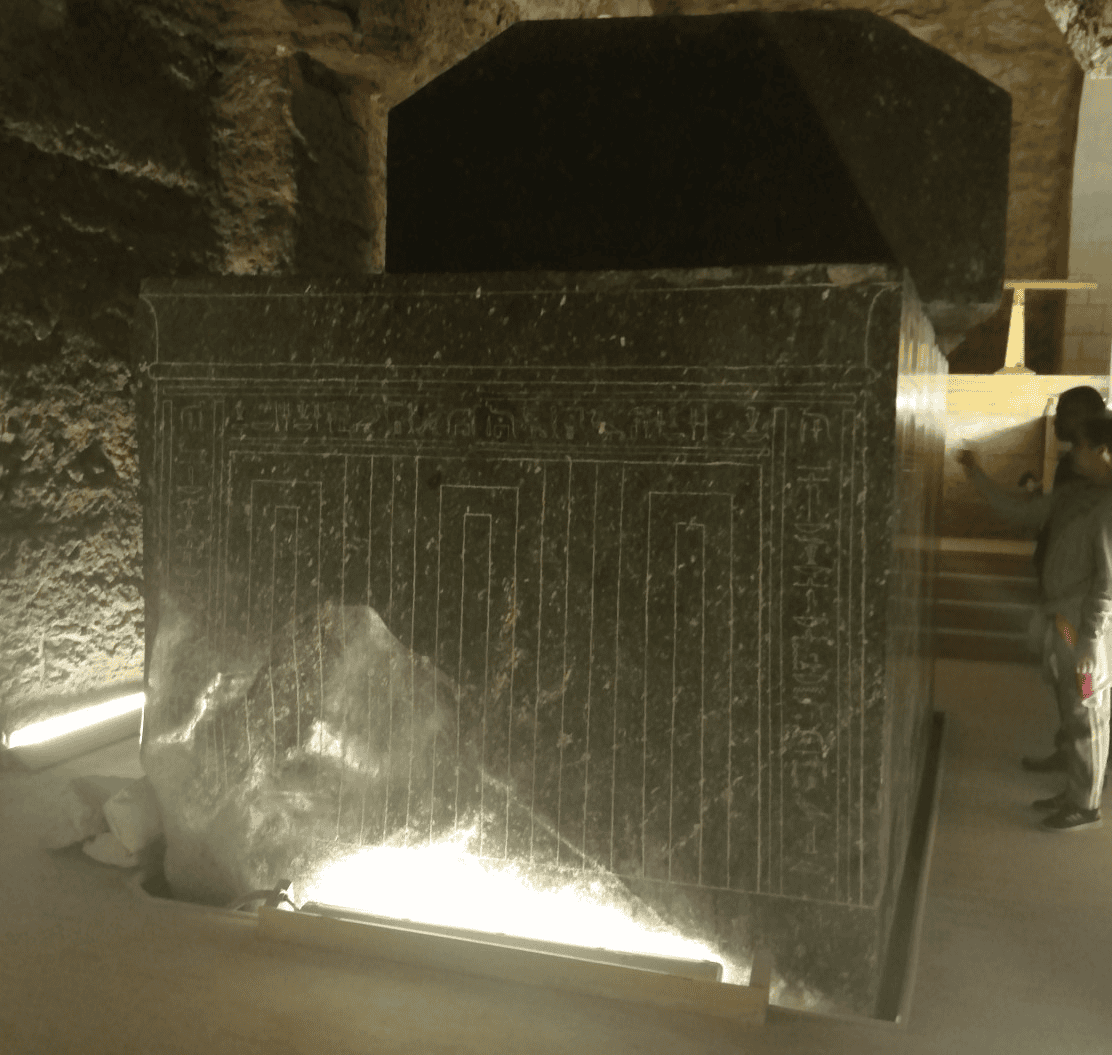
The Serapeum
The underground galleries containing the burials of the sacred Apis bulls. An avenue of sphinxes, now vanished, led to long corridors that once housed the mummified remains of the bulls. Marvel at the truly massive granite sarcophagi in which they were buried, and don’t miss the dizzying number of niches that once contained stelae left there by the faithful.
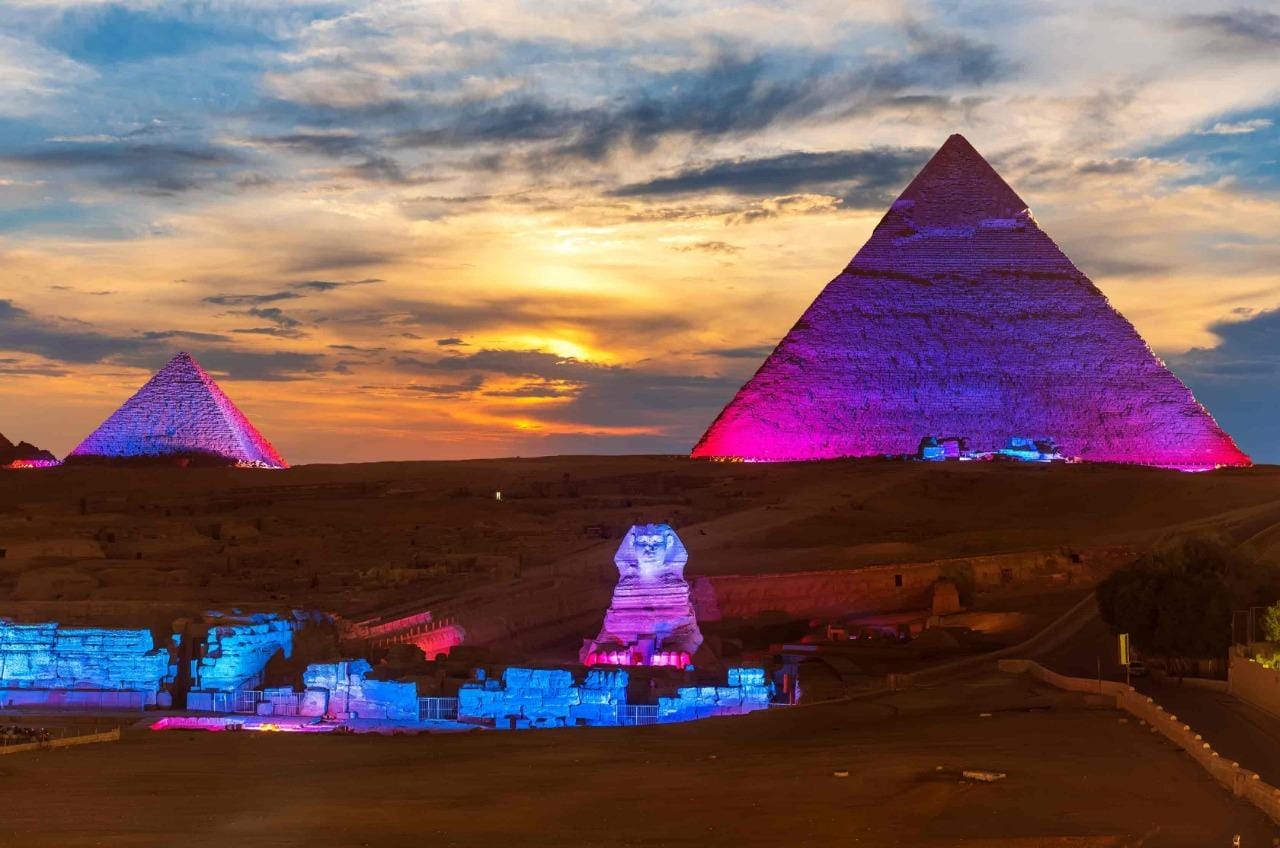
The Sound and Light Show at the Giza Pyramids
Narrated by the Sphinx himself, unveiling the mysteries of the pharaohs who built the pyramids. The show is offered every evening in multiple languages.
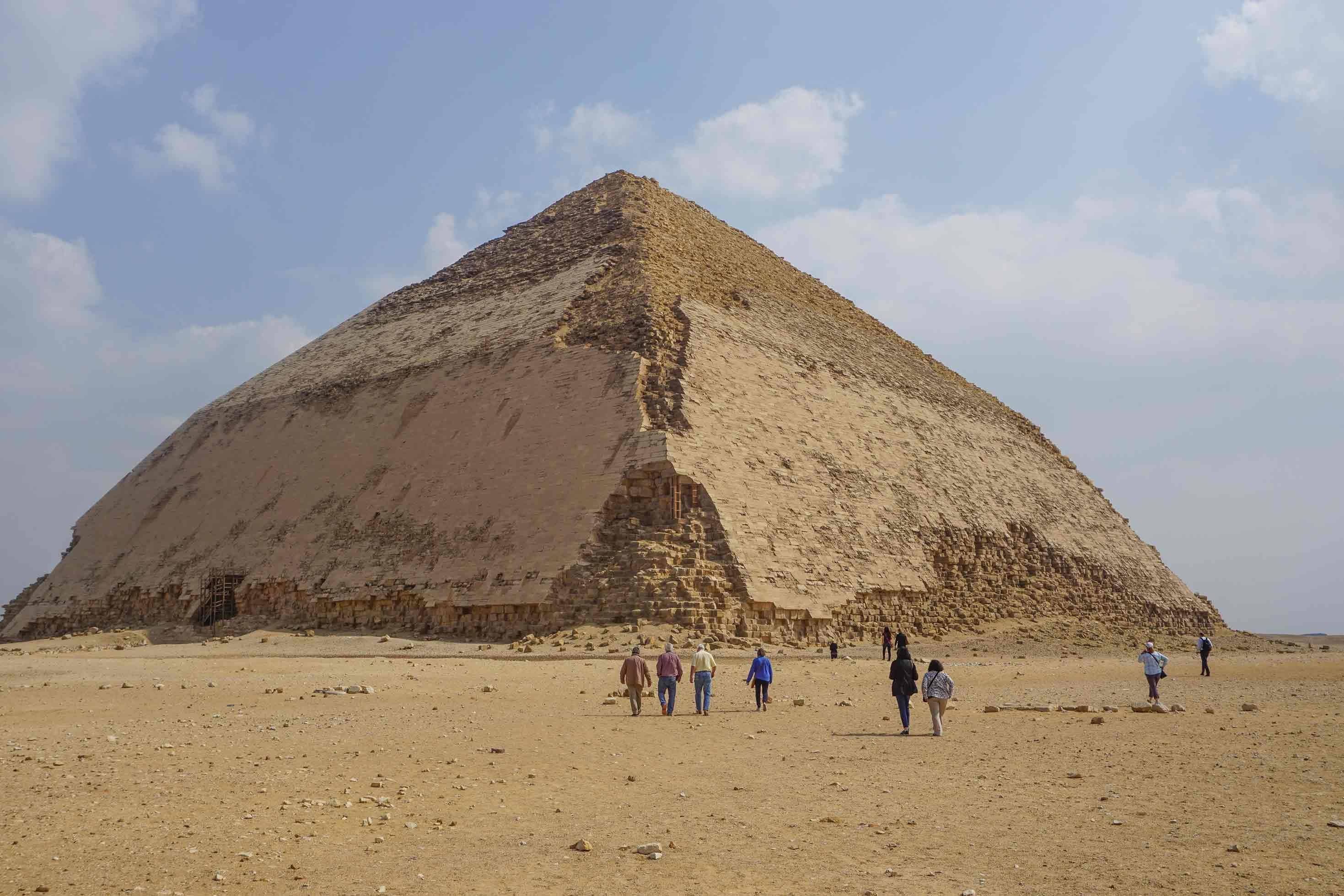
The Bent Pyramid in Dahshur
See how pyramid design and building did not always go as planned and how it led to the construction of the Red Pyramid a few meters away.
